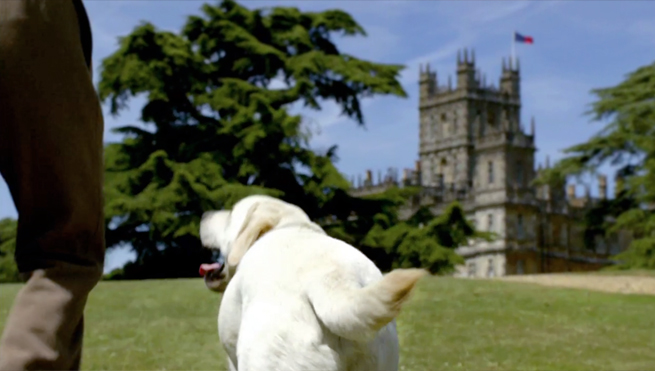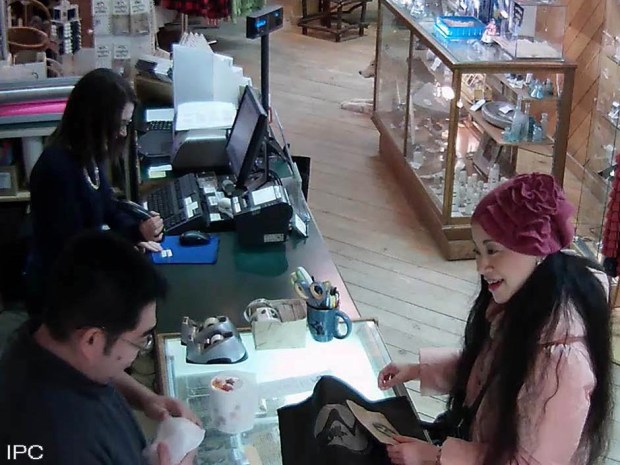“The problem with France is that there’s no French word for entrepreneur.”
It’s tragic that George W. Bush didn’t actually say this, because it perfectly illuminates the stealth with which languages insinuate themselves into each other. If you speak English, you probably know that when you say sans and en vogue you’re using import words. But you might also think you’re speaking English when you refer to a blonde or a brunette.
Recently there’s been a lot of interest in untranslatable loaner words. These get passed around the internet as linguistic amuse bouches. But it might not be long before you’re throwing iktsuarpok around in your daily bants. The permeability of the English language is part of what has ensured its higgledy-piggledy rise to global dominance. This feat of linguistic and cultural assimilation becomes even more impressive when you consider that it couldn’t be repeated even when exactingly planned — and when you consider how strenuously other cultures have resisted the same fate. Continue reading


 This is an updated version of a post that originally appeared in January 2012.
This is an updated version of a post that originally appeared in January 2012.



